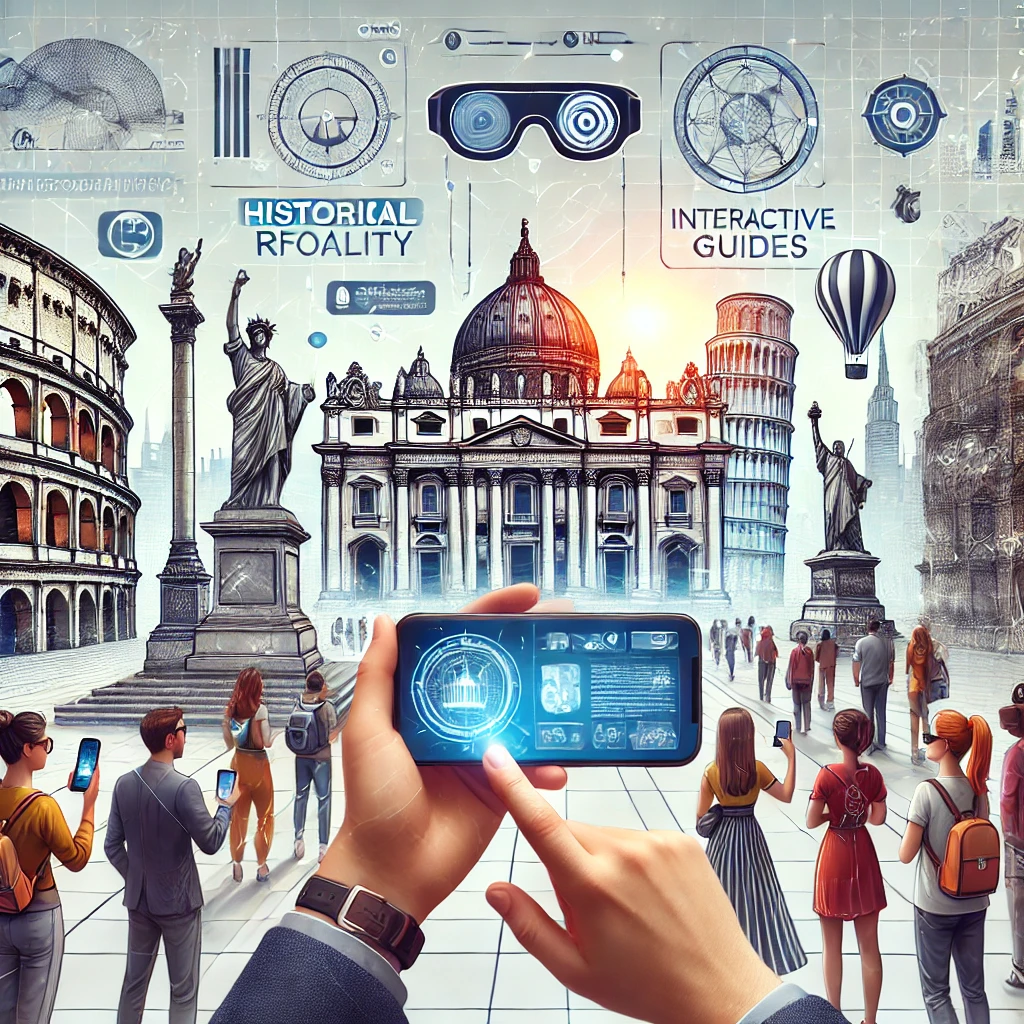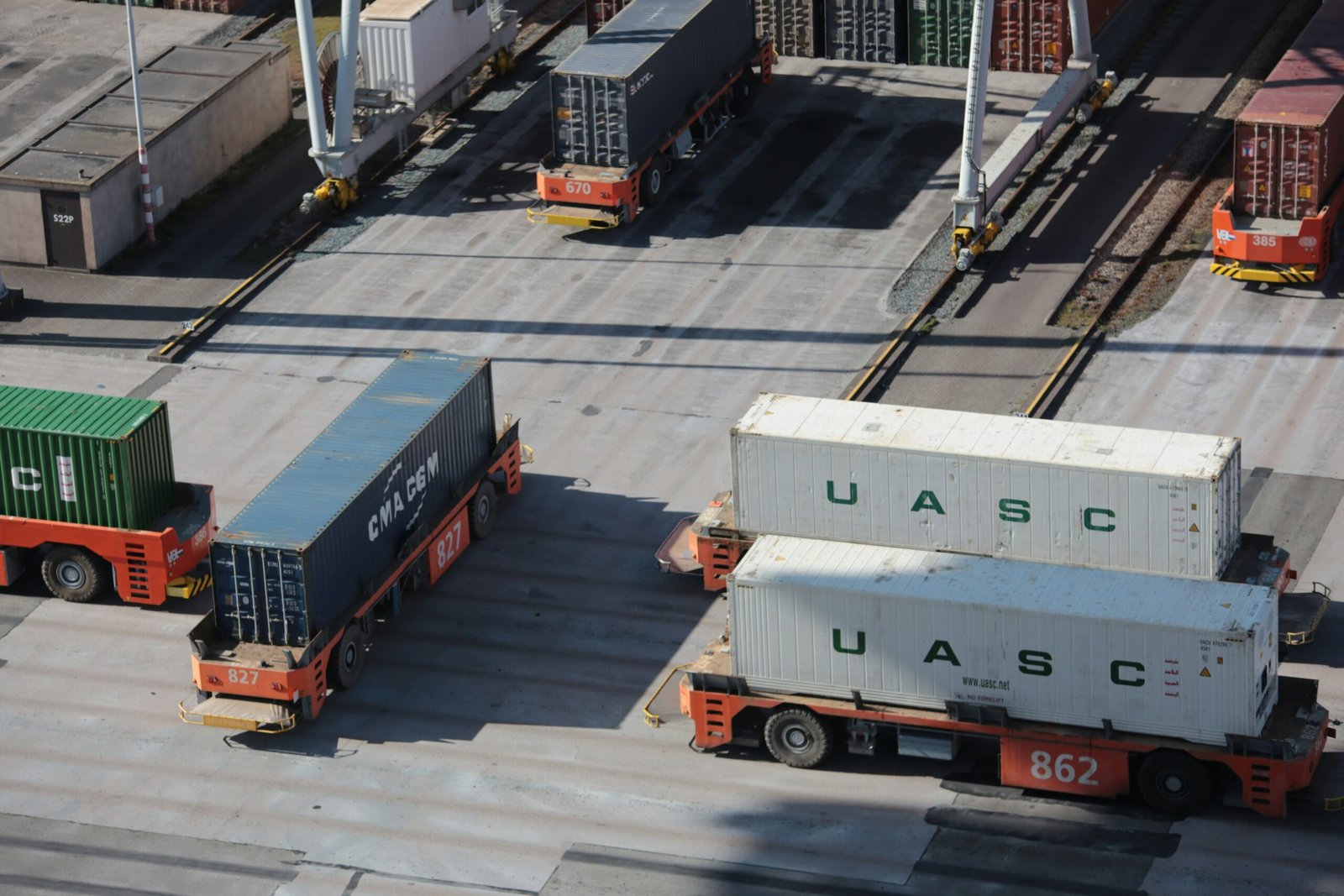Digital twins represent one of the foundational pillars of digital transformation within Industry 4.0. These virtual models replicate the behavior of physical objects or processes by collecting real-time data. Leading companies such as Siemens, General Electric (GE), Microsoft, and Repsol have already implemented this technology in various projects, achieving tangible results in monitoring, optimization, and predictive maintenance of their assets.
What Is a Digital Twin?
The concept of the digital twin is attributed to Dr. Michael Grieves, who formally introduced it in 2002 during his research at the University of Michigan. However, the idea of replicating physical systems for remote testing or simulation dates back decades, as seen with NASA’s use of models and advanced telemetry to monitor spacecraft.
In essence, a digital twin is:
- A virtual representation of a physical object, process, or system, powered by data collected from sensors and other information sources.
- A dynamic model that evolves in real-time, reflecting the conditions and behaviors of the asset it represents.
The significant value of digital twins lies in their ability to experiment and predict behaviors without risks to the real asset, enabling more informed decision-making.
How Do Digital Twins Work?
To create an accurate virtual replica, a robust technological infrastructure is required, consisting of:
- Sensors and IoT (Internet of Things): Devices capturing real-time data such as temperature, pressure, vibrations, or mechanical performance.
- Data Platforms and Connectivity: Cloud-based data management systems that centralize and process information.
- Modeling and Simulation Tools: Software tools capable of recreating the physical object or process, often using CAD/CAE modeling languages or simulation platforms.
- Artificial Intelligence (AI) and Advanced Analytics: These tools predict failures, identify patterns, and propose improvements based on historical and current data.
This combination ensures that any change in the physical asset—from slight temperature variations to critical events—is reflected almost instantly in the digital twin.
Benefits of Digital Twins
Real-Time Monitoring
Sensors connected to the internet enable continuous supervision of assets and processes. If a discrepancy or anomaly is detected, the digital twin mirrors the situation instantly, facilitating rapid decision-making.
Predictive Maintenance
Data analytics combined with AI can anticipate failures in components or machinery before they occur. This minimizes downtime and optimizes maintenance costs by replacing parts only when necessary.
Risk and Failure Detection
Digital twins help identify potentially dangerous situations, such as overheating, leaks, or abnormal vibrations, and activate safety protocols, ensuring safer and more reliable operations.
Resource Optimization
By simulating and comparing different scenarios, companies can fine-tune processes to make better use of energy and raw materials, reducing costs and promoting sustainability.
Futuristic Planning and Simulation
Digital twins allow companies to test hypotheses—such as increasing production or rearranging an assembly line layout—without disrupting real-world activities or incurring financial risks. This fosters continuous innovation.
Sustainability
By detecting inefficiencies and preventing waste, digital twins contribute to environmental preservation. Reducing energy and material consumption aligns with global sustainability goals.
Key Features of Digital Twin Technology
- Integration with AI and Big Data: Managing and analyzing large volumes of data (e.g., readings from thousands of sensors) requires robust platforms and advanced algorithms to ensure the digital twin’s accuracy and real-time updates.
- Scalability: As businesses grow and connect more assets, the digital twin must scale without losing speed or reliability, especially for companies with geographically distributed infrastructures.
- Connectivity and Collaboration: Cloud-based platforms enhance teamwork and collaboration across departments and with third parties (suppliers, partners) by providing unified access to shared information and streamlined coordination.
Types of Digital Twins
Component Twins
Focus on individual parts or components of a system, such as a shaft, bearing, or motor, helping to address specific performance issues.
Asset Twins
Represent entire machines or equipment, such as wind turbines, aircraft engines, or assembly line robots, aiding in predictive maintenance and production optimization.
System Twins
Integrate multiple assets within the same ecosystem, such as the interaction between robots, conveyor belts, and management software in a production chain.
Process Twins
Analyze the entire production flow from start to finish, commonly used in automated production lines.
Aggregated Twins
Combine multiple digital twins to provide a comprehensive view of an entire enterprise or industrial plant. These are especially advantageous in complex energy infrastructures or large refineries.
Applications of Digital Twins Across Industries
Energy Sector
- Wind Farms and Solar Plants: Optimize energy generation and distribution by adjusting operational parameters based on weather conditions or demand.
- Smart Grids: Facilitate consumption management and forecasting to maintain grid stability.
Healthcare Sector
- Medical Equipment Monitoring: Hospitals can track real-time performance of devices like ventilators or dialysis machines to ensure proper functioning.
- Virtual Clinical Trials: Though in early stages, research is exploring the potential of replicating organs or tissues virtually to simulate treatments before applying them to patients.
Automotive Sector
- Virtual Design and Prototyping: Manufacturers like Volkswagen and Tesla use digital twins to test design improvements and accelerate the launch of new models.
- Predictive Maintenance for Fleets: Transportation and logistics companies leverage digital twins to reduce breakdowns and enhance road safety.
Logistics
- Warehouse Management: Digital twins optimize product placement, picking routes, and delivery times.
- Distribution Routes: Simulate route changes to minimize costs and travel times.
Industrial Sector
- Production Chains: From metallurgy to food processing, digital twins fine-tune processes and detect bottlenecks.
- Quality Control: Products can be inspected virtually in real-time and compared to optimal models.
Real-World Examples of Digital Twins
Repsol’s AMP Project
Repsol uses Analysis, Monitoring, and Prediction (AMP) systems in refineries and petrochemical plants. Based on digital twins, the project has reduced unplanned downtime and enhanced crude oil and derivative production efficiency.
General Electric’s Digital Twins
GE applies digital twins to gas turbines, aviation engines, and industrial equipment. Their Predix platform collects real-time data for maintenance planning, cost reduction, and extending asset lifespans.
NASA’s Spacecraft Modeling
NASA has long utilized virtual and physical replicas of spacecraft for simulations. This approach has evolved into advanced telemetry and remote study of probes and rovers.
Adapting to Digital Twin Technology
Efficient Monitoring
Custom dashboards and control panels allow businesses to centralize and visualize data from multiple assets simultaneously, improving incident response.
System Improvements
Continuous feedback from digital twins leads to objective-based improvement plans, including adjusting production parameters, redesigning components, or altering processes without compromising real-world operations.
Managing Copies and Replicas
Keeping multiple digital twins synchronized requires a solid IT infrastructure and a clear data management strategy. Regular updates ensure that virtual replicas accurately reflect physical changes.
Conclusion: Digital Twins as a Key to Digital Transformation
The adoption of digital twins in industry is redefining how we design, operate, and maintain assets, from vehicles to large-scale energy plants. Their ability to replicate physical processes in a safe and flexible virtual environment not only reduces costs and failures but also drives constant innovation and competitiveness in increasingly dynamic markets.
If your goal is to modernize your business, minimize resource waste, or gain a comprehensive view of your operations, implementing digital twins can be a game-changer in your digital transformation strategy. With proper planning and a collaborative approach, digital twins bridge the gap between the physical and digital worlds, paving the way for a more efficient, safe, and sustainable industrial future.


